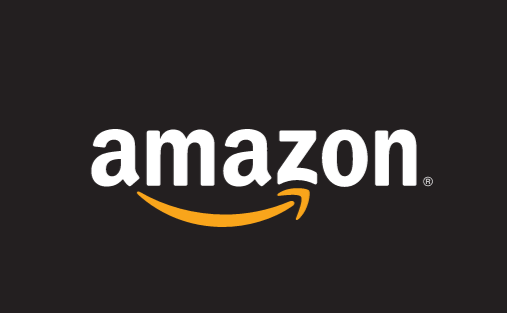Tag: amazon culture and values

The Amazon Culture: How to Competely Change a Business Like Jeff Bezos
Stay curious and always keep refreshing your sources of information. Do you like to stay curious and learn things from new places? How about CEO letters to shareholders? That is probably true if you are a shareholder. But what if you are not and just interested in the business? I believe the Bezos shareholder letter tells…

Innovative Services … an Amazon E-Commerce Delivery Example
Are you one that has an interest in innovation and perhaps learning more about innovative services through real-life examples? Then, if you are like us, you’ll pick several businesses that have a high innovation culture and follow their activities. The Amazon innovation culture will be your example of Amazon innovation culture to learn from. So…